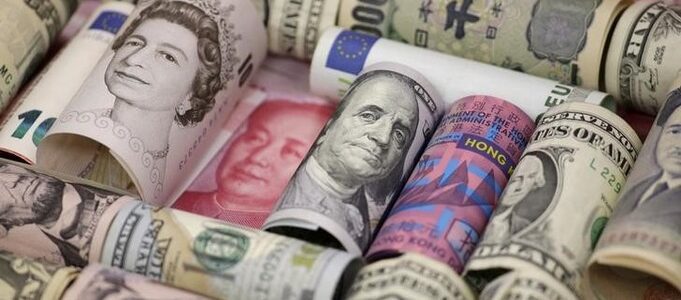
Traders are waiting for inflation data in the U.S. for October, which will be released by the U.S. Labor Department on Thursday at 15:30.
Experts polled by Trading Economics forecast on average a slowdown in consumer price growth in the country to 8% year on year from 8.2% in September.
The U.S. inflation report for October is likely to be a key factor in determining how much the Federal Reserve (Fed) will raise rates at its December meeting.
The market is currently pricing in a 50 basis point (bps) rate hike in December, but a higher-than-expected October inflation rate could shift those expectations in favor of another 75 bps increase, Trading Economics notes.
The ICE-calculated index showing the dynamics of the dollar against six currencies (euro, Swiss franc, yen, Canadian dollar, pound sterling and Swedish krona) is adding 0.28%, while the broader WSJ Dollar is adding 0.33%.
The euro/dollar pair is trading at $0.9950 as of 3:30 p.m. MSC, compared to $1.0014 at market close on Wednesday.
The European Central Bank (ECB) on Thursday took steps to address a shortage of highly liquid government bonds on the market, which are used as collateral in market transactions. The problem has become urgent as the ECB has been buying bonds for years in a row as part of its quantitative easing program.
On Thursday, the ECB decided to increase to 250 billion euros from 150 billion euros the limit for securities lending to financial institutions against cash collateral, said Isabel Schnabel, a member of the ECB’s executive board.
“This is a precautionary measure to alleviate the shortage of securities collateral in the market and keep it functioning at the end of the year,” she wrote on Twitter.
The U.S. currency is at 146.47 yen versus 146.41 yen in the previous session. The pound rose to $1.1392 from $1.1357 the day before.
The dollar/yuan pair is trading at 7.2535 yuan against 7.2419 yuan at the close of the previous session.